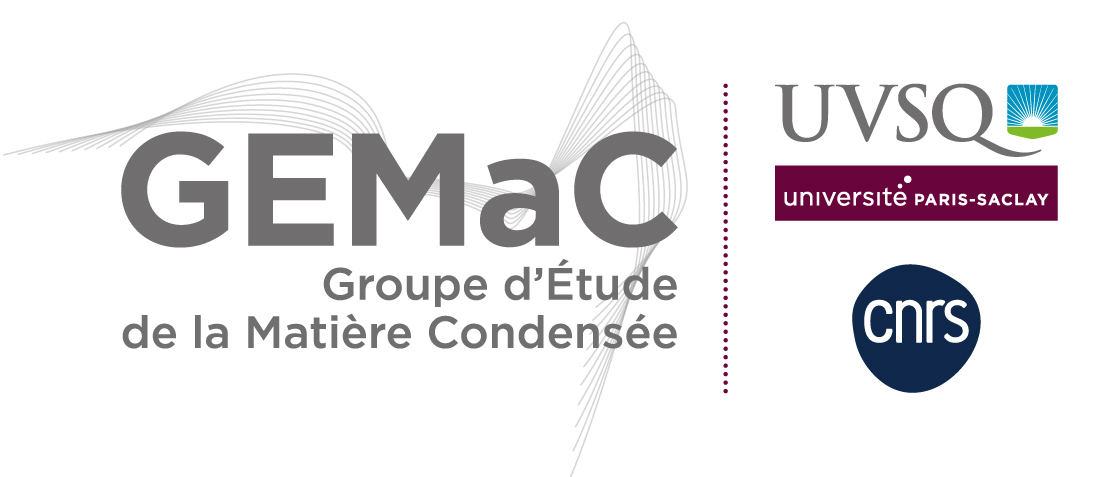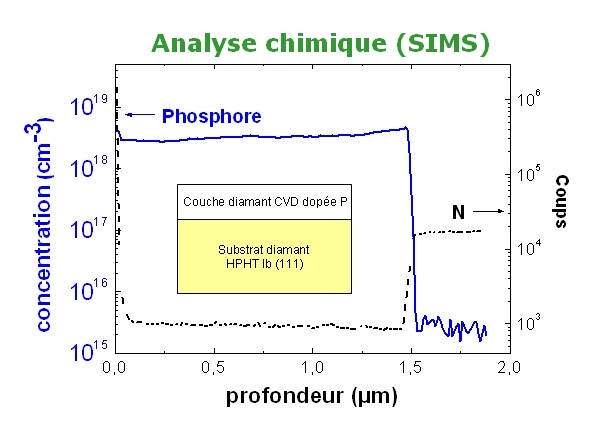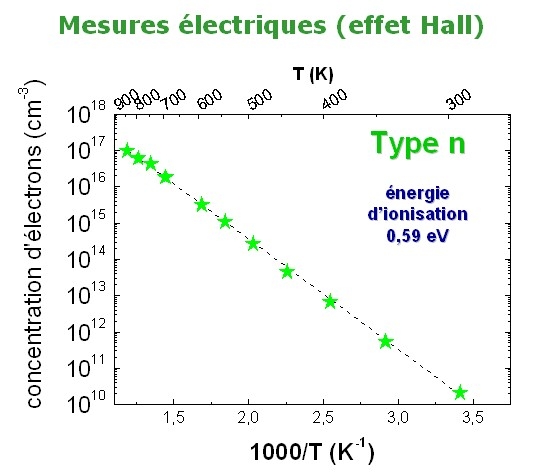Axis 1 – Semiconductors
Research topics
Membres
Permanent staff:
Julien Barjon, PRJean-Michel Chauveau, PR
Marie-Amandine Pinault-Thaury, CR
Thierry Kociniewski, MCF
Alain Lusson, CR, directeur du GEMaC
Vincent Sallet, CR
Joseph Scola, MCF
Ingrid Stenger, MCF
Gaelle Amiri, IR
Rémi Gillet, IE
Said Hassani, IR
Corinne Sartel, IR
Non permanent staff:
Sahar Gaddour, PhD studentGeorges Guy Ndamkou Yonkeu, PhD student
Mohammad Abbuayyash, master student







